zɛn.oʊˌtræns.plænˈteɪ.ʃən or ˌziː.nəʊˌtræns.plɑːnˈteɪ.ʃən
noun
The surgical transfer of cells, tissues, or especially whole organs from one species to another.
zɛn.oʊˌtræns.plænˈteɪ.ʃən or ˌziː.nəʊˌtræns.plɑːnˈteɪ.ʃən
noun
The surgical transfer of cells, tissues, or especially whole organs from one species to another.
Xenotransplantation offers a breakthrough solution to the global organ shortage. By using advanced gene-edited porcine cells, we can transplant life-saving tissues from pigs to human patients – providing a sustainable, accessible, and affordable alternative to traditional organ donation.
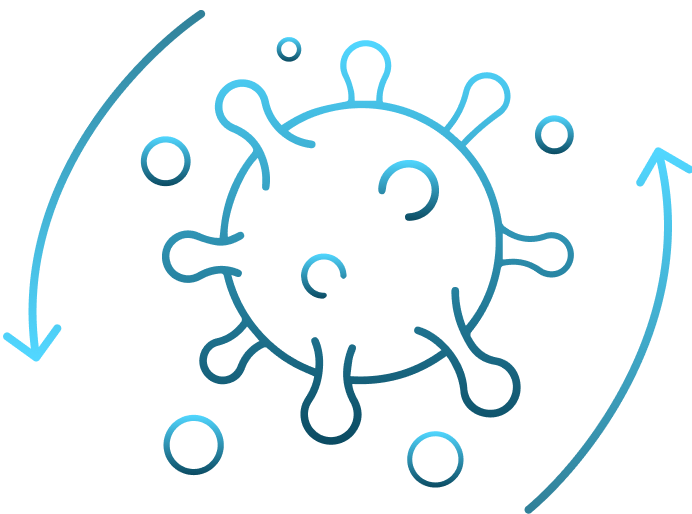
Porcine species harbor endogenous retroviruses that pose risks to human recipients
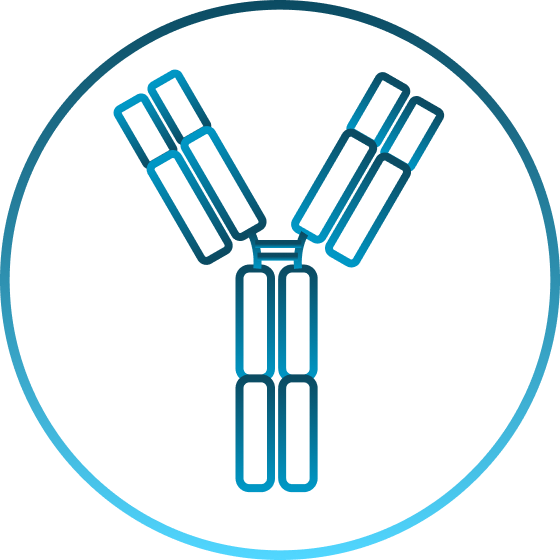
The human immune system may recognize porcine organs as foreign, leading to rapid rejection
With recent advancements in gene-editing technology, Prana XT is pioneering solutions to overcome these challenges in making xenotransplantation a reality.



Porcines are engineered to prevent immune rejection by deleting problematic genes and incorporating human genes to improve compatibility.
Porcines are raised in sterile, highly monitored facilities to eliminate the risk of infections.
Once matured, these animals provide transplantable kidneys, hearts, and other tissues that can save human lives.
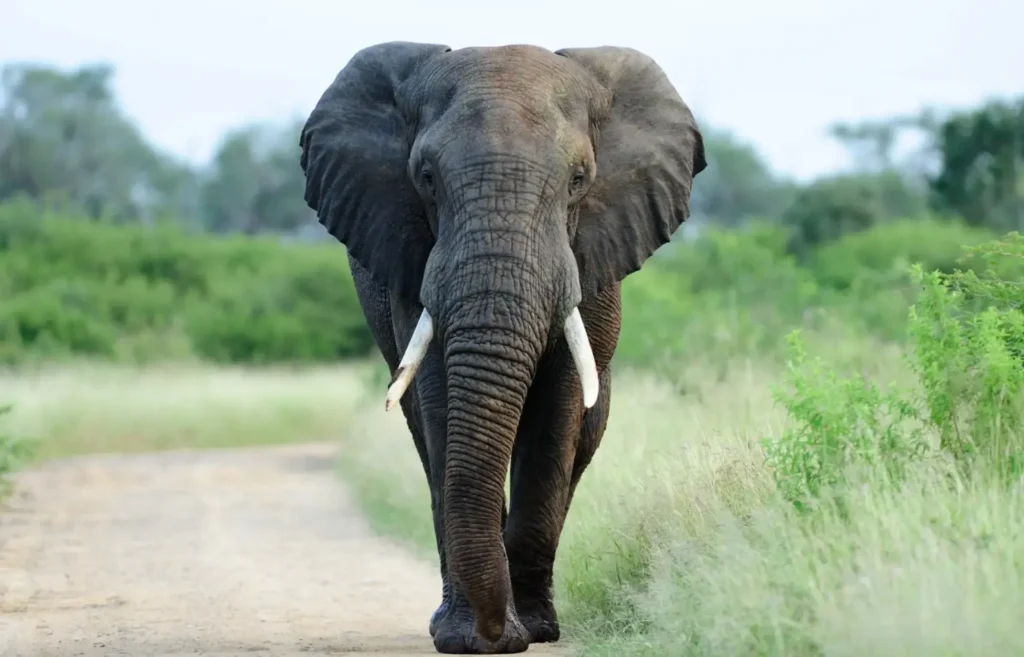
Circa 1000 CE
Indian folklore and mythology contain references to divine limb replacements and miraculous healing, like Ganesha’s head.

1971
The first successful kidney transplant in India was performed in 1971 at the Christian Medical College, Vellore, paving the way for future transplant research.

1984
The infamous Baby Fae case, where a baboon heart is transplanted into an infant, momentarily sparking hope. However, she survives only 21 days due to organ rejection.

2010
CRISPR gene-editing technology emerges, allowing scientists to precisely alter animal genes to make them more human-compatible.

2022
The first successful transplant of a genetically modified porcine heart into a human patient takes place, marking a breakthrough in xenotransplantation.
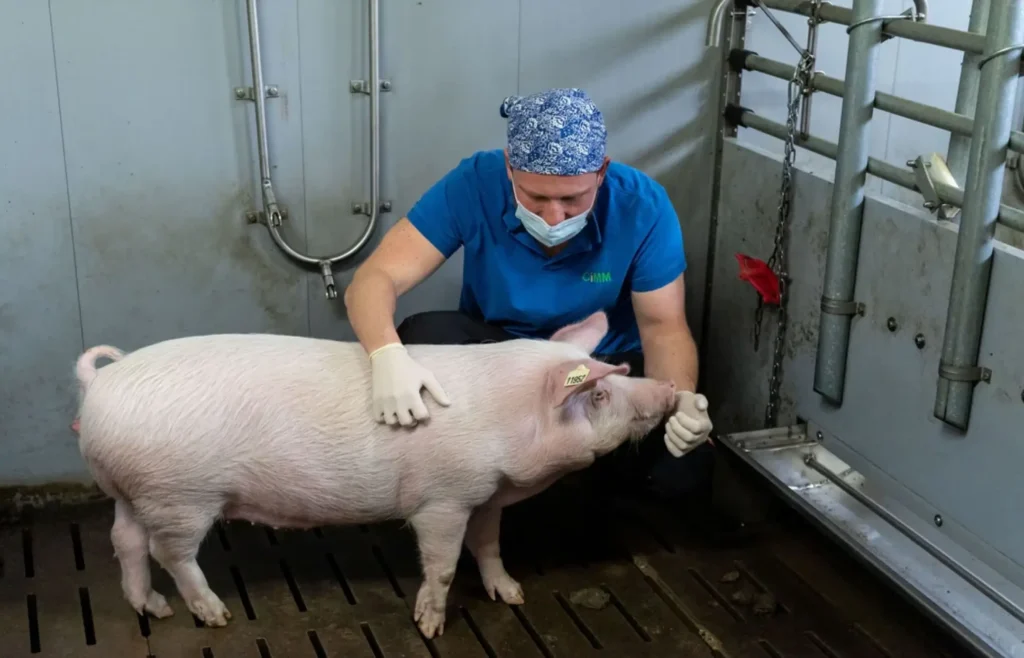
2025 & beyond
Companies like Prana XT are working to bring gene-edited porcine organs to patients in India, making life-saving transplants more accessible than ever.
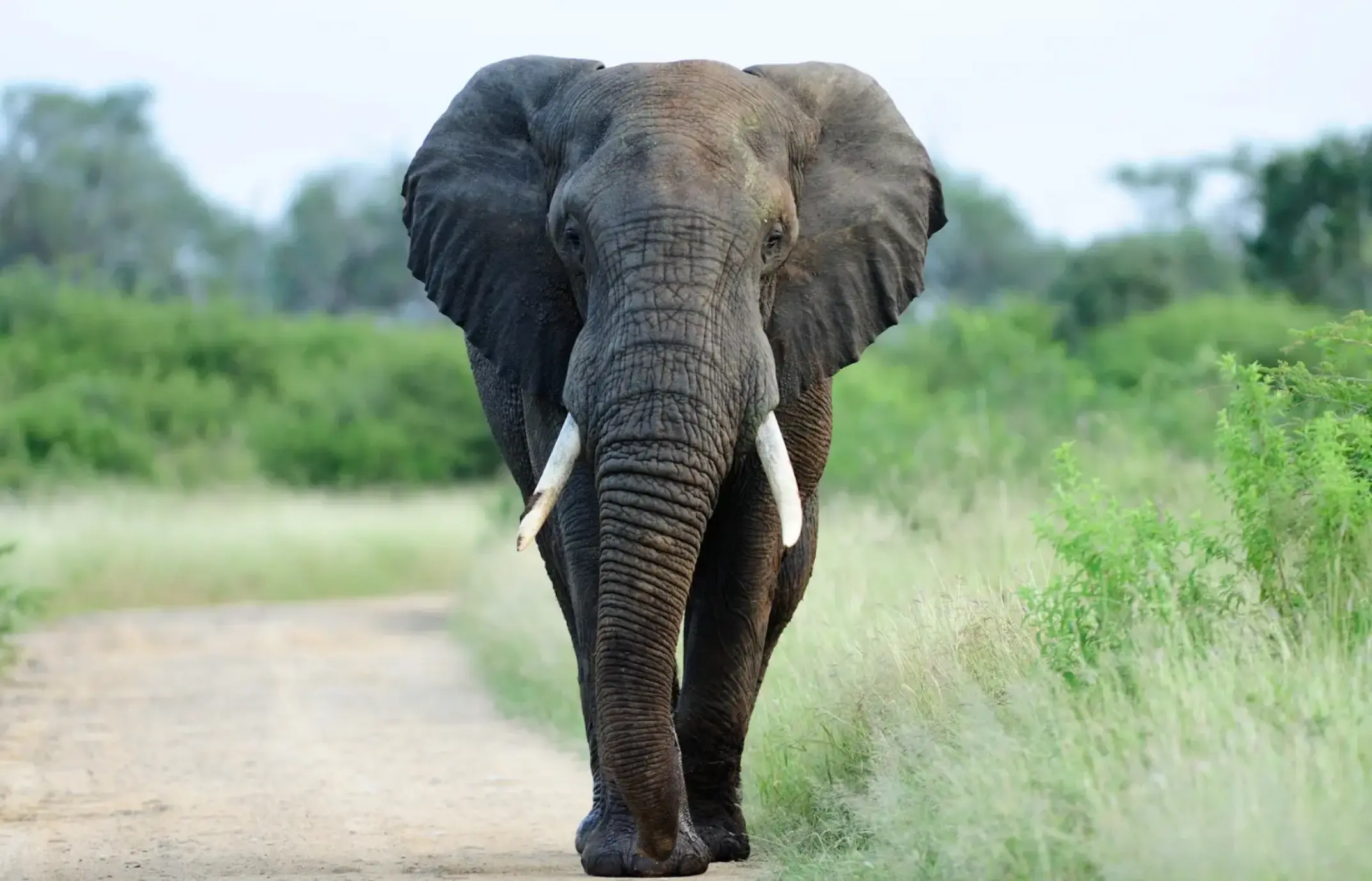
Indian folklore and mythology contain references to divine limb replacements and miraculous healing. (E.g. Ganesha's elephant head?)

The first successful kidney transplant in India was performed in 1971 at the Christian Medical College, Vellore, paving the way for future transplant research.

The infamous Baby Fae case, where a baboon heart is transplanted into an infant, momentarily sparks hope. However, she survives only 21 days due to organ rejection.

CRISPR gene-editing technology emerges, allowing scientists to precisely alter animal genes to make them more human-compatible.

The first successful transplant of a genetically modified porcine heart into a human patient takes place, marking a breakthrough in xenotransplantation.
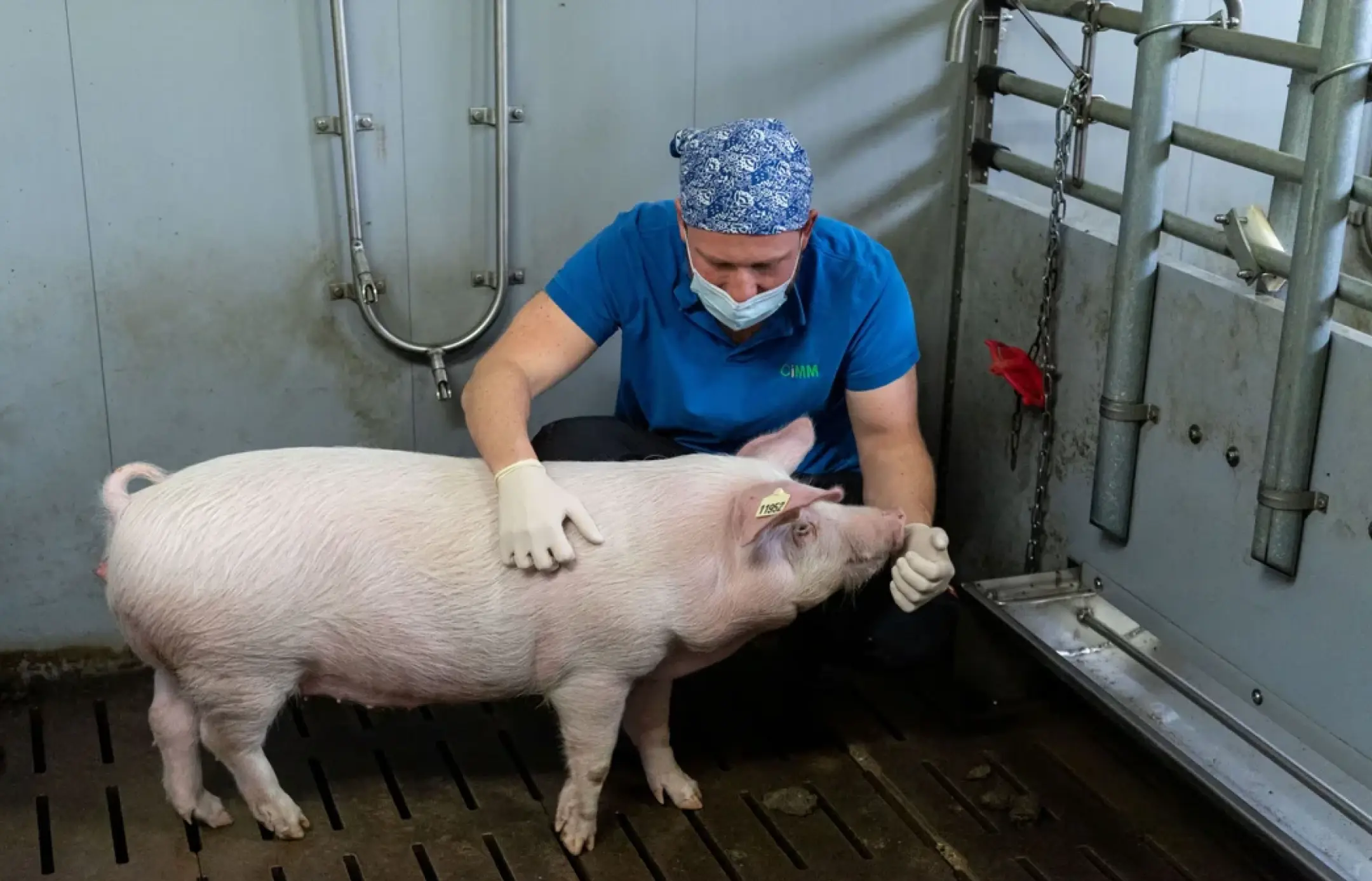
Companies like Prana XT are working to bring gene-edited porcine organs to patients in India, making life-saving transplants more accessible than ever.